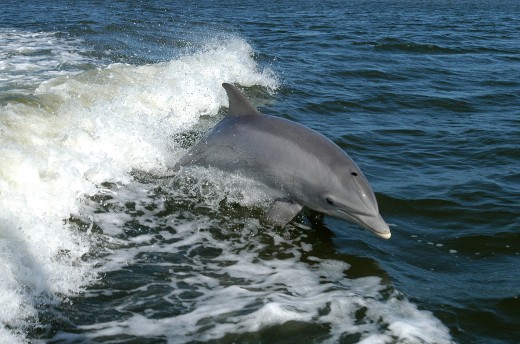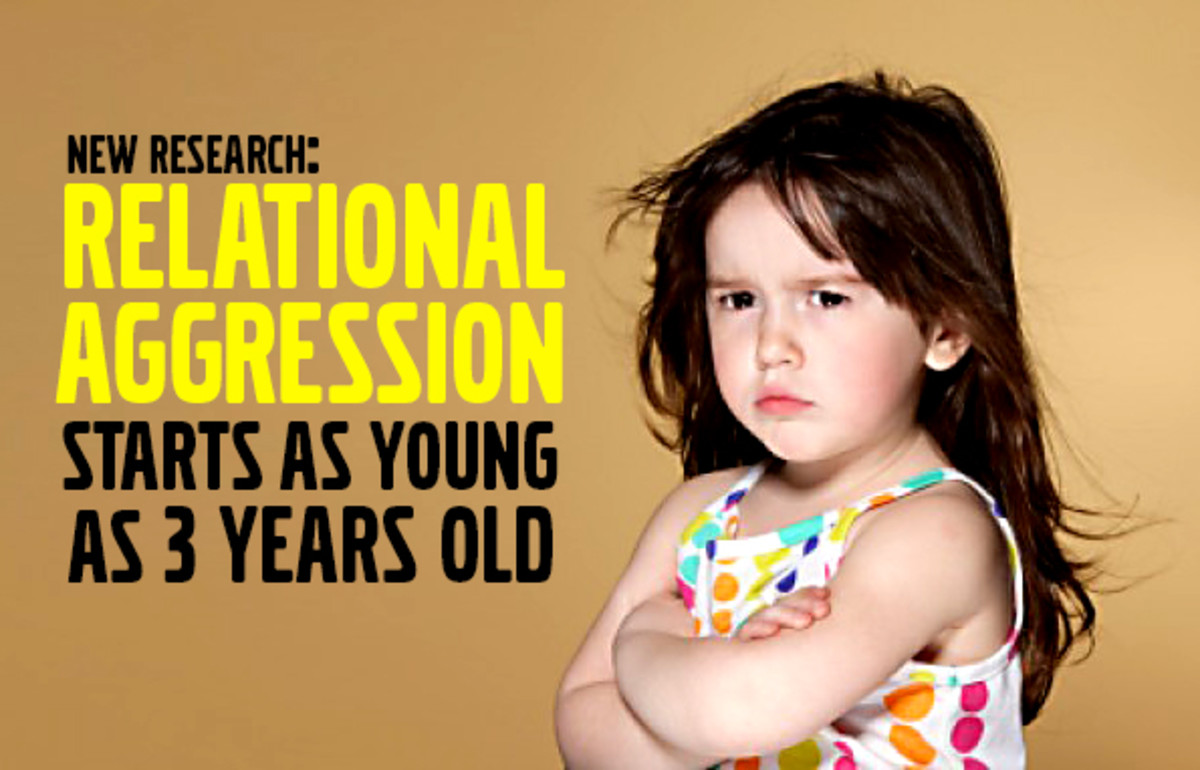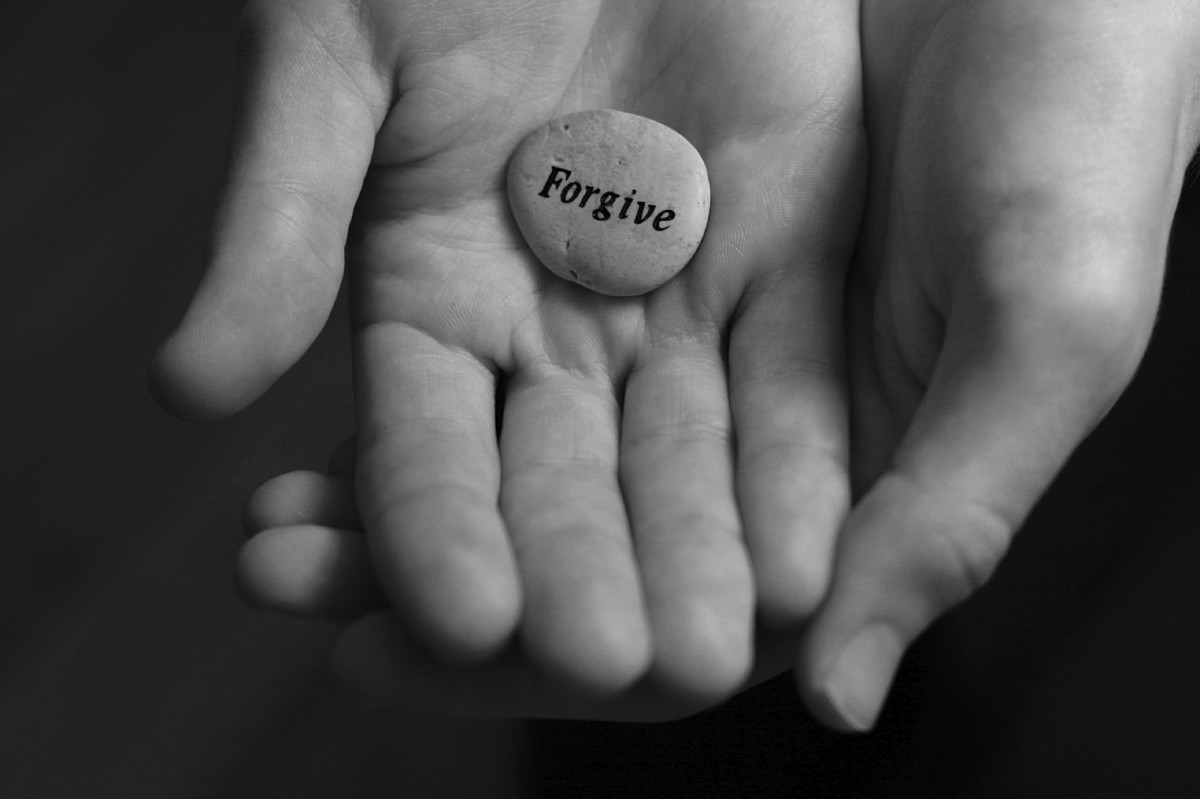Fukushima shows Altruism Possible
In April 2012, just after a month after the tsunami following the earthquake wreaked its destruction on the Fukushima Daiichi nuclear power plant, it was declared a Level 7 accident - the same classification as Chernobyl, the worst previous disaster. It was bad news for many but there are a particular group of men and their families who must have greeted it with tsunami strength emotions that will run the gamut from sorrow and anger to a re-commitment of some to modest commitments to heroism – true heroism. It is altruism and shows our species at their best; and one of the enduring and most compelling stories of the disaster is yet to be told. It is about many of those who have continued to work at the damaged Fukushima plant.
The argument that every human action can be ascribed to selfishness is easy; it states that someone is practicing a kind of disguised selfishness because he or she enjoys feelings of satisfaction or some other kind of invisible benefit as a result of helping. Others have suggested that our altruistic behavior is merely a product of our instincts. However I think that in addition to being wrong, there is something that is a little cynical and dehumanizing in these arguments that seek to dismiss the possibility that we can behave unselfishly. Also, I believe a culture that's lost faith in altruism has lost faith in itself.
Recent months have given us all the opportunity to evaluate our ideas about altruism as we watch events unfold in Africa, the Middle East and Japan. There have been and continue to be many examples of extraordinary courage and unselfishness. But Khalid Said and others can be more easily signaled out than the anonymous workers at the Fukushima Daiichi nuclear power plant in Japan.
The men who work at the plant are sometimes referred to as Fukushima Fifty since only a small part of a workforce of several hundred can work at one time when conditions allow. There was an unspoken truth that was implicit when workers were asked to volunteer – older workers were asked rather than the younger ones.



Some sense of who these men are can be gleaned from The Telegraph's April 2 article, “Japan tsunami: Fukushima Fifty, the first interview.”
Nobuhide Suzuki, the group’s leader, after describing how nervous they felt, said: “We are all feeling a huge weight on our shoulders to see it through – knowing that the world is watching and everybody’s behind us has given us a huge boost. It makes us feel like we’re not on our own.” And when asked if he had a message for the people reading the story, said “All I can think about now is being able to keep going. We’re fighting every day. Please keep supporting us.”
Not too long ago, dictionaries defined altruism more simply than today; my Webster's has one entry that says it is “the principle or practice of unselfish concern for or devotion to the welfare of others (opposed to egoism).” (The dictionary is an unabridged 1989 edition with over three quarters of a million words. I prefer it to many others.)
However, today, there is now a second definition that accompanies some variation of the single 1989 one I've cited. For example, the online American Heritage Dictionary says: “2. Zoology . Instinctive behavior that is detrimental to the individual but favors the survival or spread of that individual's genes, as by benefiting its relatives.” Many other online dictionaries include the idea of instinctive behavior, although in my view Webster-Mirriam shows its superiority by not ascribing instinct to either humans or other species. In its second definition, it states: “2. behavior by an animal that is not beneficial to or may be harmful to itself but that benefits others of its species.” The entry wisely avoids ascribing a source for the motivation of the behavior.
The need to make a distinction or expand on the dictionary entry for altruism is a reflection of discoveries and theories that added both psychological and biological insights to our understanding of the idea. However, unlike many words where the shifts in meaning are mostly of interest to lexicologists, the notion of altruism has been a part of the fabric of who we are since we began to speak our stories and people them with heroes – heroes by dint of their altruism.
The shift in both the meaning and our understanding of altruism is important because it suggests that we've come to see ourselves and our potential in a different way than we have for thousands of years. Not to view ourselves as being capable of altruism is to deny that which is the best thing about us. The notion that the ultimate act of selflessness can be its own reward is famously voiced by Sydney Carton in the final sentence of Charles Dickens' A Tale of Two Cities : “It is a far, far better thing that I do, than I have ever done; it is a far, far better rest that I go to, than I have ever known.”
I suspect the basis for the evolution of the second definition as well as the foundation of many who argue against the possibility of altruistic behavior dates to 1976 when Richard Dawkin's The Selfish Gene was published; he argued that the closer we are related through our genes, the more likely we are to behave selflessly with each other, thus the concept is especially good at explaining many forms of altruistic behavior. Later, Dawkin said he regretted the title because of its misuse, since genes are not driven by any motives or will. "Selfish gene” is a metaphor and, like all metaphors, it is useful when understood but quite misleading when misunderstood – as is usually the case in this instance.
In 2006 Economist Samuel Bowles of the Santa Fe Institute argued that the evolutionary forces at work on early human populations favored those who worked cooperatively rather than those groups that were more selfish. Over time, the theory goes, altruism evolved as part of human behavior since groups that exhibited such behaviors had a greater evolutionary advantage -- hence favoring such genes. Again, Bowles' work does nothing to undermine the idea of altruism. Myths and stories that stretch back millennia are peopled with heroes who are full of the same altruistic impulses as Sydney Carton
Altruism is a topic of research for reasons other than mere curiosity since social policies often depend on some belief in the unselfish behavior towards others. And sometimes social policies promote altruism as much as they depend on it. Some countries depend on volunteers for the blood needed in medical procedures; and some have observed that the practice of altruism is a virtue that increases the more it is practiced. Another example are government programs that seek to give money to the poor in order to benefit their children – the success of the programs is dependant on the altruistic behavior of parents.
While the research on altruism is interesting and even suggestive, it seems that many of the problems associated with our understanding of the term in every day use revolve around the issue of motivation.
Understanding human motivation is tricky business and it is somewhat futile to guess at something that is perhaps unknowable even to that individual.
Unless we know differently, the best method of judging whether an individual's action is altruistic is to view his or her behavior. Period. Mother Theresa, often cited as a fine example of altruism, might be viewed by some as behaving to others in order to gain rewards and approval from God for converting many to Catholicism as well as behaving selflessly. However, it does seem that the large consensus of people, regardless of their religion or god, do see her behavior as altruistic. Deciding whether there is such a thing as altruism exists may boil down to using the same criteria we use to decide on whether something is a duck or not. If it walks like a duck, talks and looks like a duck – then it probably is a duck. We know altruism exists because, if we don't practice it ourselves, we experience it directly or occasionally in the world around us.
And talking about ducks – observation and research of animals is yielding an increasing list of animals who are helping other animals. Meerkats are willing to postpone meals and stay at home just to help with babysitting while others go out; “Watchman” birds, monkeys, zebras, whales, wolves and many other animals are regarded by many who study them to show behavior that is helpful rather than based solely on seeking their own advantage.
It is sad is that we live in a culture where people seem to find it increasingly difficult to accept the notion of altruism. I suspect that societies that promote individualism and selfishness in both the explicit and implicit ways we do tend to see less altruism than cultures that place less emphasis on the importance of the individual.
Although the notion of altruism might seem unimportant, it is something that humans have always prized and encouraged for good reason. Much of the behavior we admire most in others is because it is heroic – it places the other before the individual. As a country, we are often front and center helping others in times of crisis. It seems strange that we seem unable to bring more of these generous and altruistic impulses to our own shores. At a time in American history when there are many pressures on folk to think and act selfishly, when good marketing is seen as placing the “I” as prefix to a phone and other objects, when there seems to be more division and ill-will in years, it may also be a good time to reflect on the notion of altruism.








